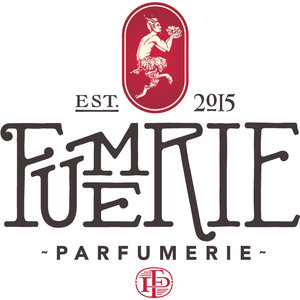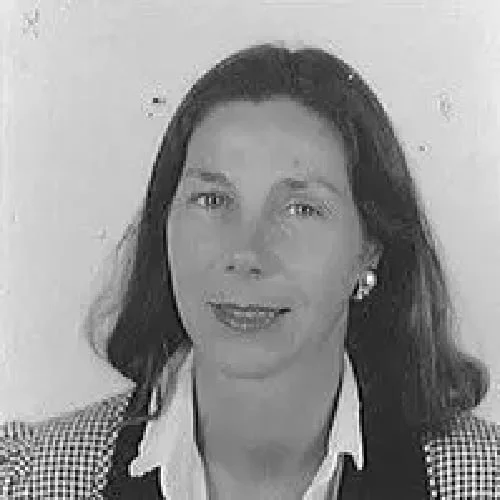Anne-Marie Saget
Anne-Marie Saget (born September 14, 1953) is a French perfumer. She is an influential creator and leading authority on aromatic raw materials of natural origin. She began her career at Guerlain, working alongside Jean-Paul Guerlain with whom she created classic perfumes including Nahema (1979), Derby (1985) and Samsara (1989). Her subsequent work at Mane SA and International Flavors & Fragrances (IFF) saw her specialize in the trade of natural materials. She later sourced rare perfumery, cosmetic and aroma-therapeutic ingredients from the Himalayas and Southeast Asia, assisting communities there to ensure fair trade, sustainable development and geographic protectionism.
In 1975, Anne-Marie Saget joined Guerlain's perfumery laboratory in Chartres. Over the next four years, she and Jean-Paul Guerlain formed a close collaboration, creating together Nahema (1979). The perfume was an innovative accord of hyacinth, rose and balsams, incorporating an unusually large dose of rose oil and absolute, accompanied by novel synthetic notes like rose oxide. Though the fragrance proved a commercial disappointment, it was highly influential in the fragrance industry. Today, Nahema is considered among the greatest rose perfumes of modern perfumery.
Following Nahema’s release, Guerlain's financial losses led to a dramatic restructuring of the storied house. Perfumery development was thereafter governed by the marketing department, dramatically altering Guerlain and Saget's working method; they were forced to compete with outside perfumers on the creation of all future fragrances (they succeeded until Saget's departure in 1989). This contest was first enacted during the development of Jardins de Bagatelle (1983), originally intended to replace Eau de Guerlain (1974). Upon its release, Jardins de Bagatelle met with mixed reviews, its aldehydic, white floral structure seen as a departure from the aesthetic traditional to Guerlain. Today, Jardins de Bagatelle and Nahema are often cited as the Guerlain perfumes most characterized by Saget's composition style.
Two years later, Guerlain and Saget finished the “masculine” fragrance Derby (1985). Originally called Centurion, the composition developed from a leather note, combined with a fougère and dimetol accord resembling Paco Rabanne pour Homme (1973), requested by the marketing department.[9] Marred by a confusing advertising campaign, Derby was also a commercial failure, but decades later earned praise from many critics. In 2008, Derby was rated among the ten best “masculine” fragrances of all time, according to Luca Turin and Tania Sanchez in Perfumes: The Guide.
After Derby, Guerlain determined to release a blockbuster fragrance to compete with Opium (1977), Giorgio (1981) and Poison (1985), the bestsellers of the period. Guerlain and Saget began modifying a white floral and sandalwood accord called Délicia, initially created by Guerlain for his muse Decia de Pauw. The perfumers settled on an unusually large dose of Mysore sandalwood oil, similar to their overdose of natural rose featured in Nahema a decade prior. They used the synthetic material Sandalore to extend the natural sandalwood's character into the perfume's top note. The resulting perfume was Samsara (1989).
During Samsara’s development, Saget traveled to the region of Jammu and Kashmir in northern India. Accepting an invitation from the prince of Zanskar, she attended in Padum a Kalachakra ceremony led by the Dalai Lama. There she became conscious of a desire to gain independence. Returning to Paris, she completed work on Samsara and resigned from Guerlain.
Samsara was the most prosperous result of Guerlain and Saget's collaboration; its success re-established Guerlain as one of the major French perfumery houses.
*fragrances listed for informational purposes- not sold at Fumerie
DERBY Guerlain
JARDINS DE BAGATELLA Guerlain
NAHEMA Guerlain
SAMSARA Guerlain
bio via wikipedia and image via ifa paris

